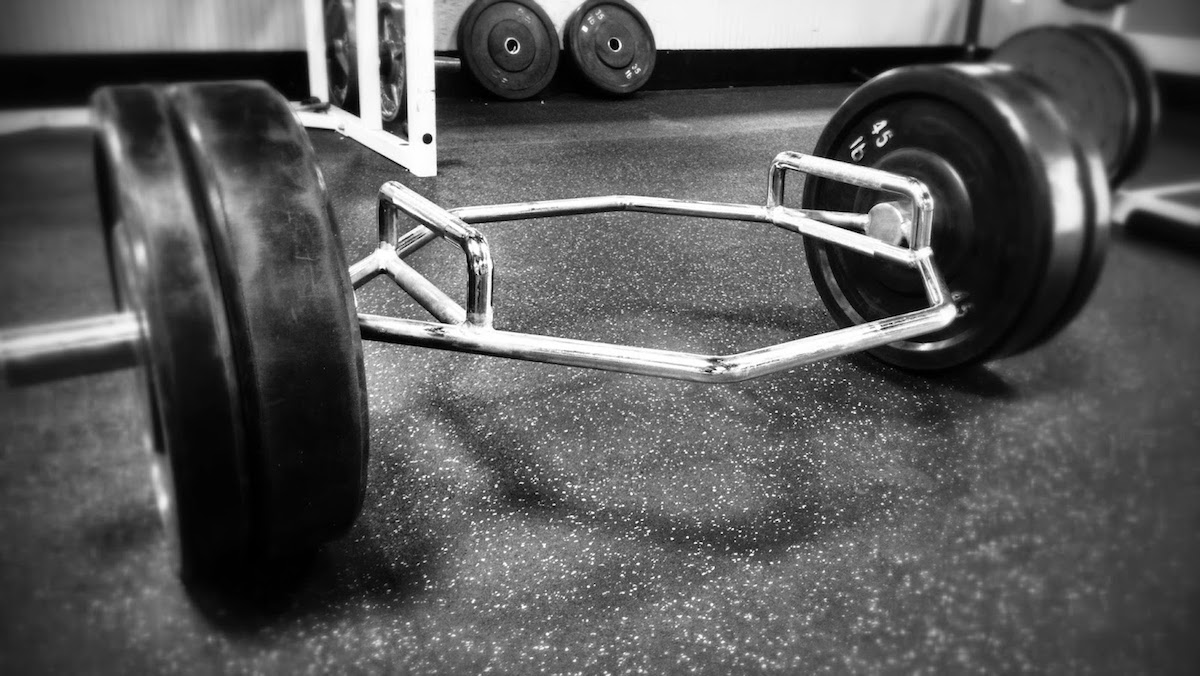For athletes strength has a purpose, it’s not something that time is spent developing just because. A powerlifter or Olympic lifter competes to lift the most weight possible. For other types of athletes, strength helps them overcome an opponent, run faster, jump higher, or throw harder. For athletes, strength is a foundational ability that everything else is built upon.
Developing strength is easy in concept. Pick basic, multi-joint exercises. Perform sets of up to 6-8 repetitions with as much weight as you can handle with good technique for up to 6-8 repetitions. Rest 2-3 minutes, repeat. While this sounds easy in concept, it’s difficult to grind away at this type of training day after day. However, this is how one improves their strength.
Just getting stronger isn’t enough for most athletes. Most athletes need an ability to express their strength quickly to sprint, jump, throw, or overpower an opponent. Unfortunately, as the weight increases on the bar, no matter which exercise an athlete is performing, the barbell slows down. So while strength is a foundational ability, at some point athletes need to learn how to express that strength quickly. There are several types of exercises that can be used to teach an athlete to do this. They include variations of the Olympic lifts, plyometrics, and medicine ball throws.
Regardless of the weight on the bar, the Olympic lifts and their variations have to be performed in a second or two to be successful. Now, as the weight increases the bar slows down – but a successful lift still must take place within a narrow window of bar velocity. These lifts require a great deal of technique but they do a great job of teaching fast strength development.
Plyometrics force the athlete to move his or her bodyweight explosively. The faster the athlete moves, the further/higher he or she can jump. One of the best plyometrics to teach the application of strength is the standing long jump. This is a simple exercise, requiring minimal equipment, that teaches horizontal force application. Jumps onto boxes of different heights are another great exercise to reinforce using strength quickly. Plyometric training tends to be more effective for stronger athletes.
Medicine ball throws, particularly the front and backwards tosses require the athlete to develop a great deal of strength quickly in order to have long throws.
I view strength and power as skills that must be developed year round. As a result, I try to incorporate at least one maximal strength day into each week of training (usually Monday). This day will be built around 5-6 exercises, that combined train the entire body, and that are performed in such a manner as to develop maximal strength. Below is an example:
Back squats, 3×4-8×80-90%
Romanian deadlifts, 3×4-8
Bench press, 3x-48×80-90%
Bent-over rows, 3×4-8
Standing military press, 3×4-8
I try to put a power training workout on the day after the strength workout. The idea here is that the strength day cued the nervous system while the power training day takes advantage of that. This power workout will focus on the Olympic lifts, plyometrics, throws, or a little bit of everything. The volume and intensity are lower as the focus is on moving quickly. For example:
Power clean + split jerk, 5×3+2×60%
Standing long jump, 10x
Backwards medicine ball throws, 10x
Depending on the time of year (i.e. as we get closer to the season), the number of strength and power sessions increases and this becomes a serious focus.




1 thought on “Learning to Use Strength”
Chad Westley Smith, great Power Lifter & Strongman Competitor and head of Juggernaut Strength Systems, spoke at JP2 HS in Plano a few weeks ago. Juggernaut has become a major player in S&C for High School Football Players in SoCal. Their philosophy for football development in this order is speed training, jump/pylo training, explosive throwing (med balls & sand bag, etc ) and them weight training
Comments are closed.